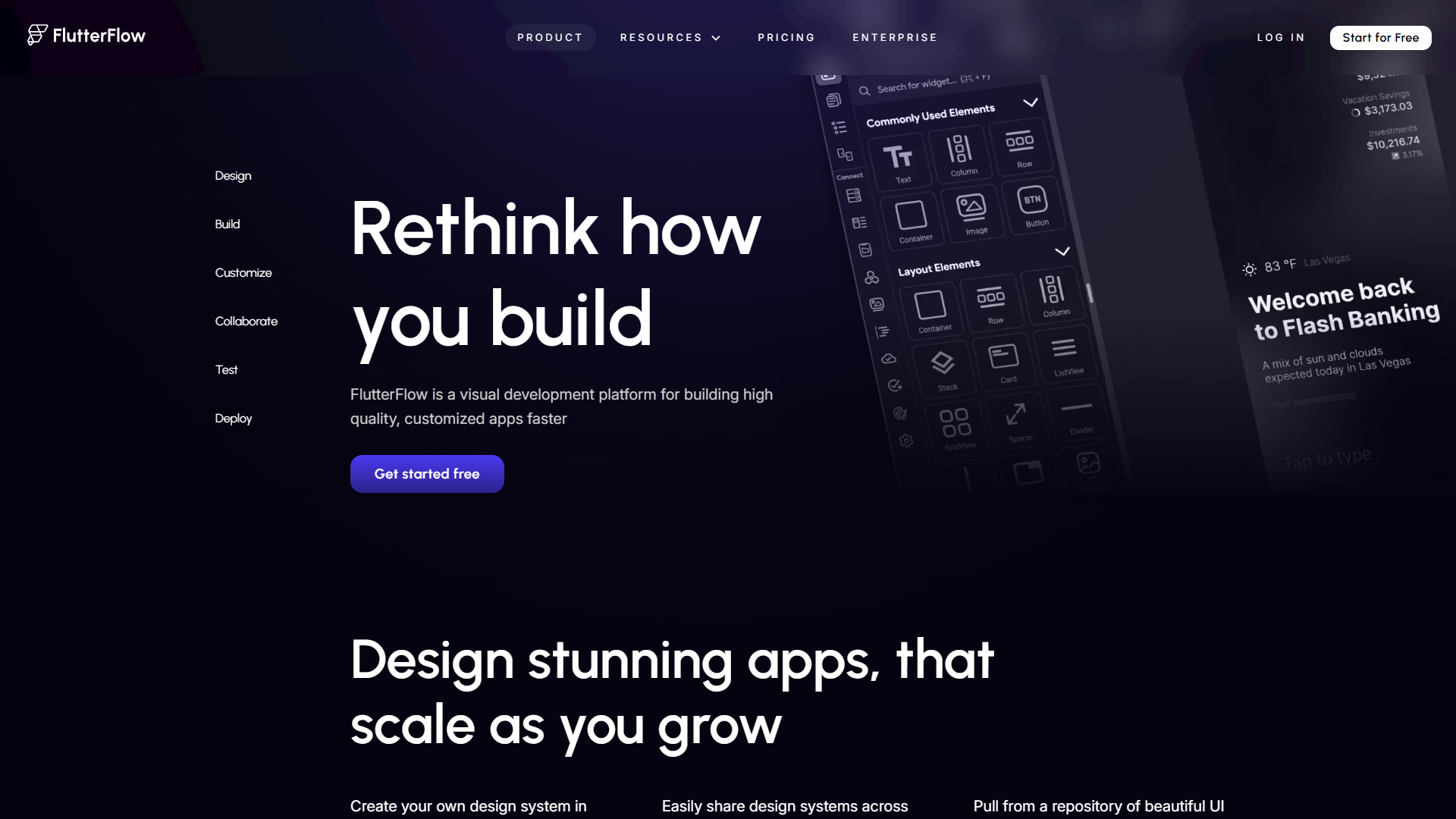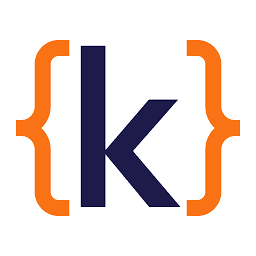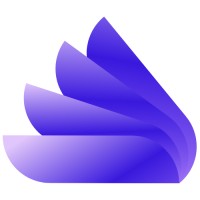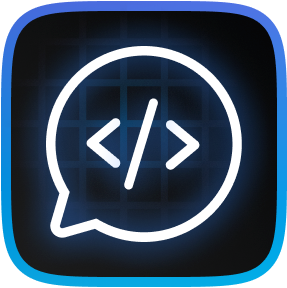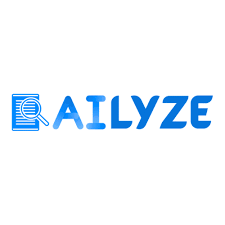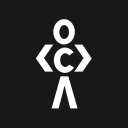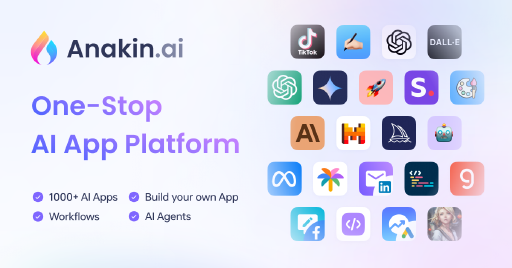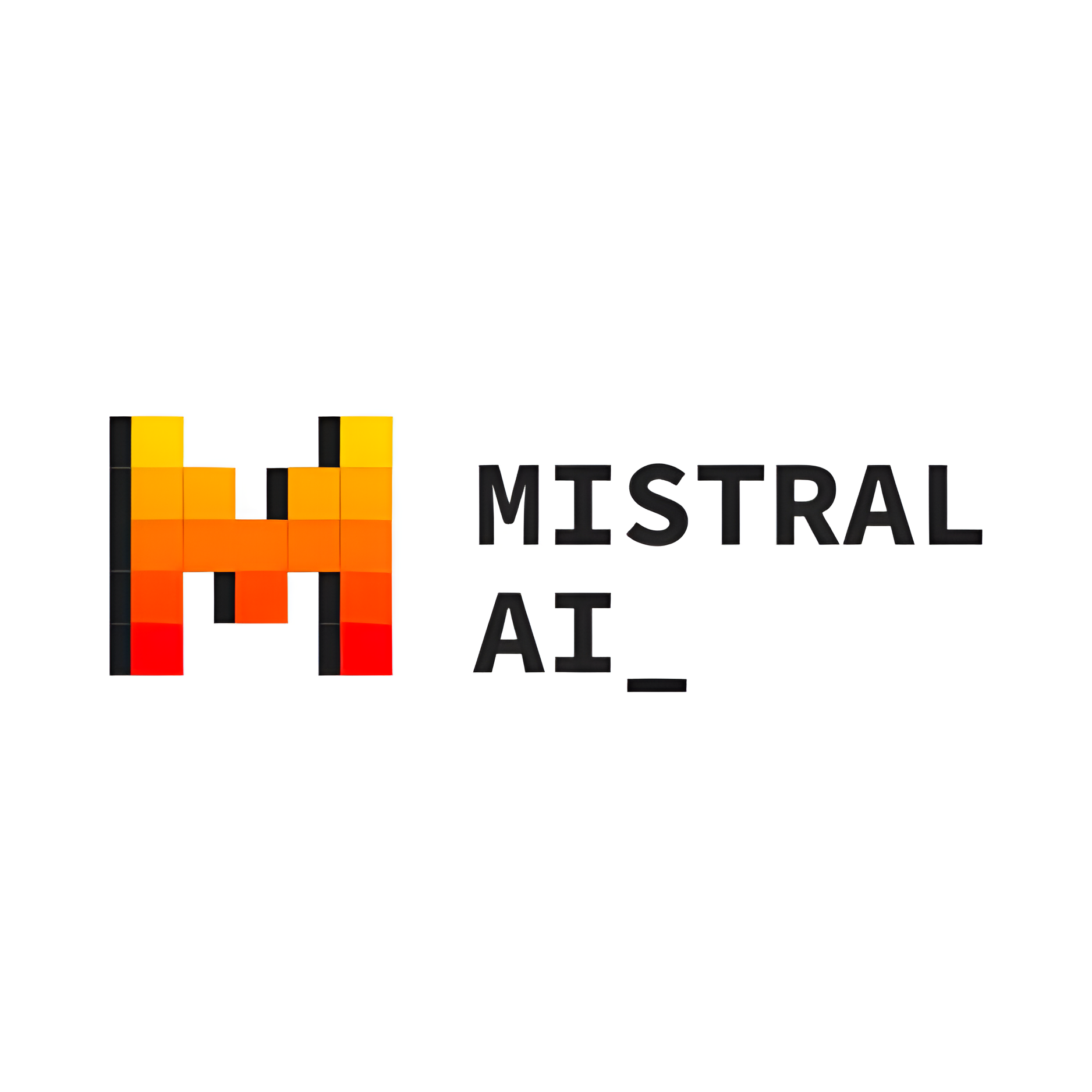Overview
FlutterFlow is a robust visual development platform that facilitates the creation of high-quality, customized applications. It supports developers in designing efficient, scalable apps by providing a flexible environment where users can create custom design systems or import themes from tools like Figma. This approach enables a consistent application experience across multiple projects without requiring repeated effort.
Users are equipped with over 200 configurable UI components to build apps quickly and efficiently. The platform integrates with Firebase and Supabase, supporting live data connections and custom backend development with RESTful APIs. FlutterFlow's visual Action Flow Editor empowers developers to implement app logic with ease, while live previews ensure a real-time view of the overall app design.
Collaboration is seamless, with team members able to edit and test projects without software installations, facilitated by an advanced branching system. Testing is automated, with tools for real-time troubleshooting, ensuring application stability. Deployment is flexible, allowing translation, resizing for various devices, and one-click publishing to app stores. FlutterFlow emphasizes ownership and control, allowing code exportation without vendor lock-in.
Key features
- Visual development platform: FlutterFlow offers a comprehensive visual development environment that allows users to build high-quality applications efficiently. It supports customized design elements and seamless app integration, tailored to enhance development workflows and simplify the building process.
- Configurable UI components: The platform provides over 200 UI components that can be configured easily to suit various design requirements. These elements ensure streamlined app development, enabling quick adaptation to unique project needs.
- Seamless team collaboration: FlutterFlow encourages seamless collaboration by allowing team members to access, edit, and test applications without setup hassles. The system supports branching and live data sharing to engage teams in a connected workflow.
- Automated testing tools: The platform's integrated testing tools enable users to automate testing procedures, ensuring application stability across various environments and devices. This feature is pivotal in reducing manual testing efforts and ensuring consistent app functionality.
 Pros
Pros
- Rapid app prototyping: FlutterFlow allows for fast and efficient prototyping. Its visual platform enables developers to rapidly iterate designs and functionality, optimizing the development cycle and saving valuable time.
- Cross-platform deployment: The platform facilitates cross-platform deployment, integrating seamlessly with multiple app stores and web services. It ensures broad reach and responsive performance across diverse device spectra.
- Customizable design system: With the ability to create a personalized design system, users can maintain brand consistency throughout their projects. It supports extensive customization, whether originating in FlutterFlow or imported from external design tools.
 Cons
Cons
- Steep learning curve: Despite its extensive features, new users might find the platform challenging to master without comprehensive prior knowledge. Initial setup and understanding may require focused learning and adaptation.
- Limited advanced integrations: Although offering basic integrations, the platform might fall short on incorporating advanced services beyond its essential toolkit, potentially requiring additional development efforts for complex functionalities.
- Potential for performance bottlenecks: High-load operations could lead to performance bottlenecks due to plausible resource limits and the need for optimized resource management, impacting app efficiency under heavy usage.


